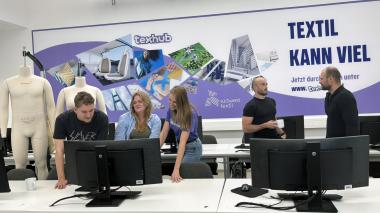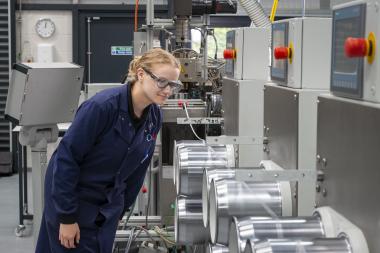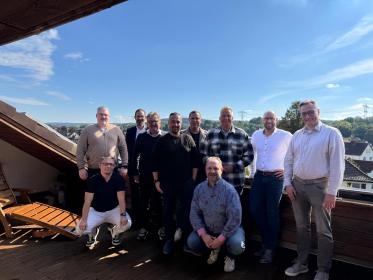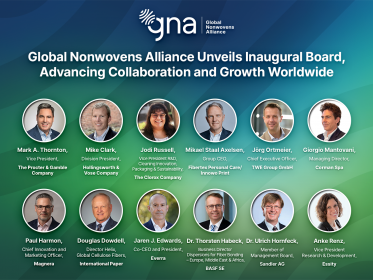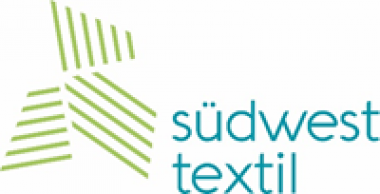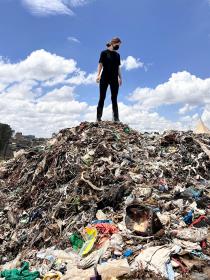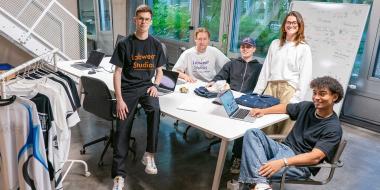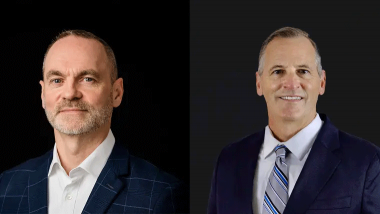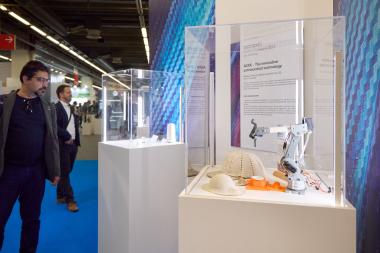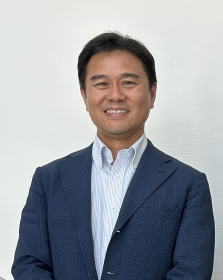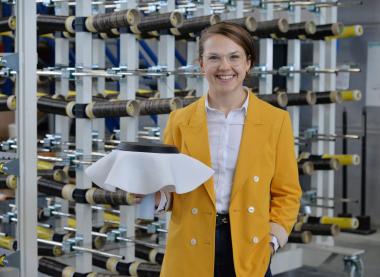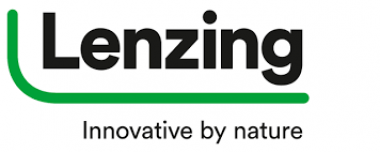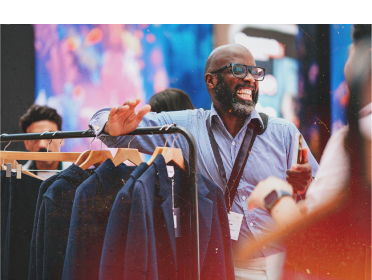Investorensuche für Modemarke Closed in nur sieben Wochen abgeschlossen
Unter der Federführung von Dr. Wieselhuber & Partner (W&P) hat Closed neue Investoren gefunden. Die Unternehmerfamilie Böck und Dieter Holzer werden Eigentümer des Hamburger Unternehmens, das damit an in der internationalen Modebranche erfahrene und geschätzte Unternehmer und Manager geht.
Beauftragt vom vorläufigen Insolvenzverwalter Stefan Denkhaus, BRL BOEGE ROHDE LUEBBEHUESEN, steuerte W&P den M&A-Prozess, von der Ansprache bis zum Signing, erfolgreich innerhalb von sieben Wochen, indem es gelang, die Unternehmenslage in kürzester Zeit transparent darzustellen. Dabei arbeitete W&P mit der bereits vorinsolvenzlich eingebundenen Unternehmensberatung enomyc zusammen, die umfangreiche Vorarbeiten und Analysen einbrachte.
Neben internationalen Finanzinvestoren zeigten auch strategische Interessenten aus dem Wettbewerbsumfeld von Closed großes Interesse. Aufgrund der sich daraus ergebenden wettbewerbs- und kartellrechtlichen Fragestellungen wurde der M&A-Prozess von der Frankfurter Kanzlei COMMEO unter der Federführung von Dr. Johanna Kübler und Constanze Ely rechtlich begleitet.
Die neuen Eigentümer konnten sich gegen rund zehn weitere, ernstzunehmende Bieter durchsetzen. Ausschlaggebend waren dabei nicht allein der Kaufpreis, sondern insbesondere die Zusage, den bestmöglichen Erhalt der Arbeitsplätze und der Filialstruktur sicherzustellen sowie die Unsicherheiten gegenüber Lieferanten im saisonal geprägten Geschäft kurzfristig aufzulösen.
Dr. Wieselhuber & Partner





